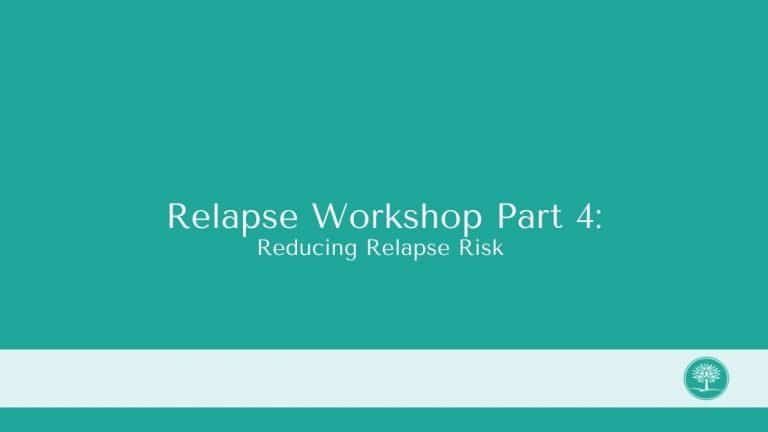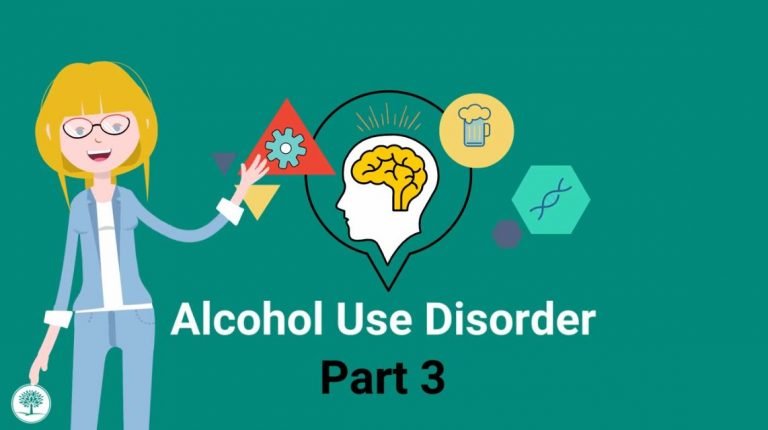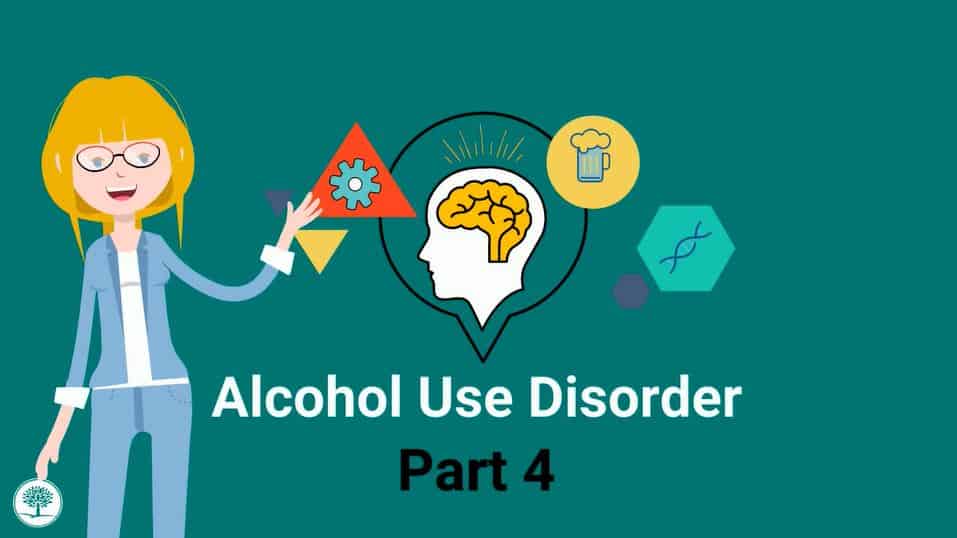Using Cognitive Behavior Therapy to Reduce Worry & Doubt
Estimated watch time: 5 mins 36 secs
Summary:
Everyone worries, but excessive, unrelenting worrying is one of the primary symptoms of anxiety. Learn how to identify your worries so that you can then let them go or develop problem-solving strategies to approach them. Cognitive behavioral therapy (CBT) outlines strategies that are helpful in reducing needless worries.
Other Addiction & Mental Health Resources
The Recovery Village has several, free resources for those living with addiction or mental health conditions and their loved ones. From videos, to clinically-hosted webinars and recovery meetings, to helpful, medically-reviewed articles, there is something for everyone. If you need more direct help, please reach out to one of our representatives.









